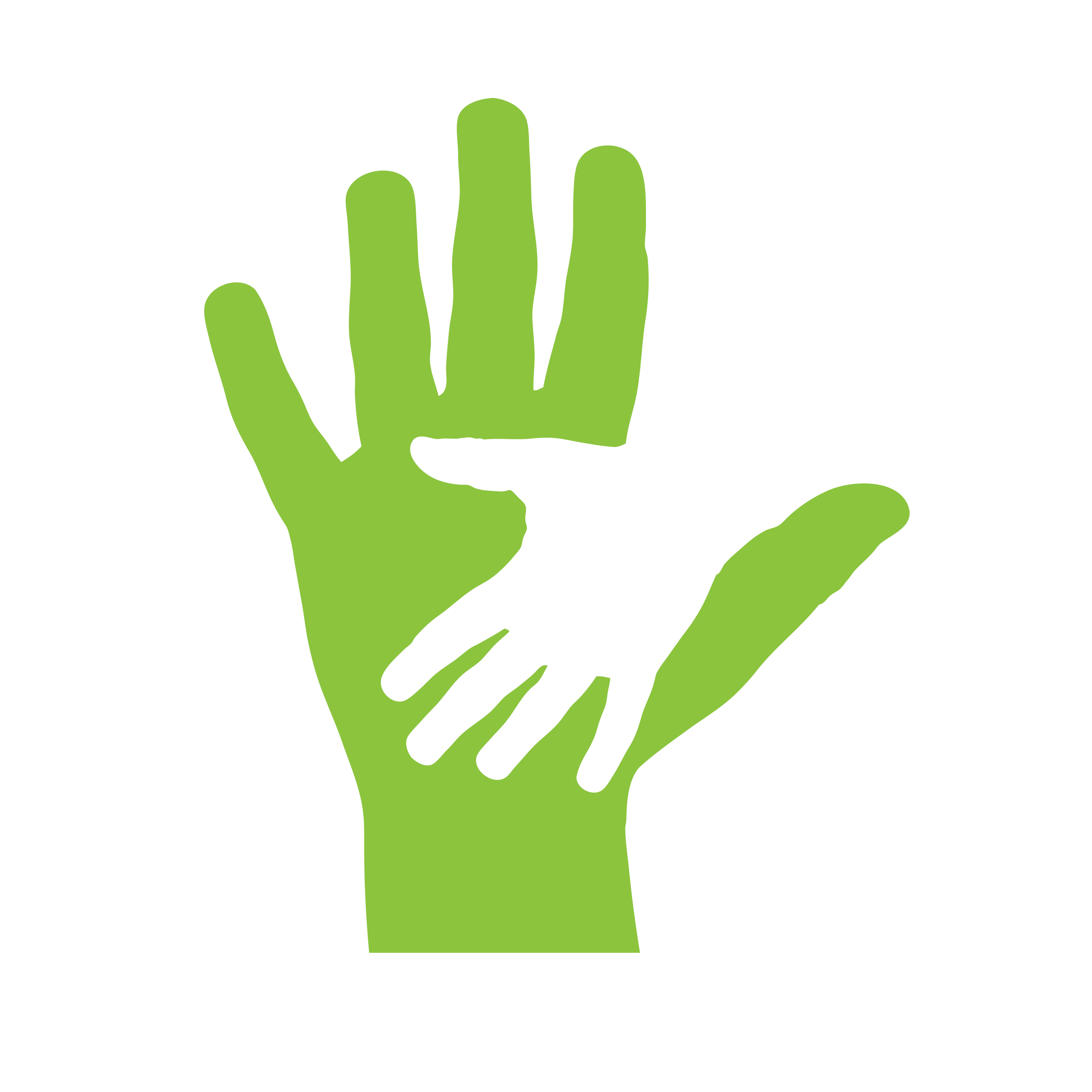 The month of May is a month for celebrating new beginnings. Weather patterns are turning, and summer is just around the corner. In the spirit of providing new beginnings for many children who need them, May also happens to be National Foster Care Month.
The month of May is a month for celebrating new beginnings. Weather patterns are turning, and summer is just around the corner. In the spirit of providing new beginnings for many children who need them, May also happens to be National Foster Care Month.
National Foster Care Month was established in 1988 by Ronald Reagan as a means of recognizing the efforts of foster parents. Today, National Foster Month shifts its focus from one theme to another. This year, the theme is Honoring, Uniting, and Celebrating Families. The foster system in the U.S. has recognized since its beginnings that families come in all shapes and sizes. As May progresses, consider the history, the issues, and the future of the U.S. foster care system.
Beginnings
Foster programs, or warding, exists throughout the world. The basis of foster care is either private or religious. Traditionally, when a child was orphaned or given up by her parents, she would become a ward of a relative or of whichever church provided guidance to her family or community.
As these options became less viable, government foster systems were created. In the U.S., foster care was pioneered by Charles Loring Brace, a minister and philanthropist who lived and worked in New York prior to the Civil War. His experiences ministering in the infamous Five Points led him to found the Children’s Aid Society, which exists today.
Brace’s Society also began the Orphan Train Movement. Between 1854 and 1929, this supervised welfare program relocated nearly 200,000 children living in poverty in the slums and streets of New York. While there were many instances of children being used by their placements as, essentially, indentured servants, Brace envisioned the trains as a means of creating new families and new beginnings for all involved.
Issues
As with any large-scale system, there are many issues facing foster care in the U.S. National Foster Care Month seeks to bring awareness to some of these issues by simultaneously shining a spotlight on successes.
Many of the successes of the foster care system actually point to misconceptions about it and those who participate in it. The ultimate goal of the system is to bring families together through care and services. When a biological family cannot be reunited, adoption becomes the goal.
According to this resource by the University of Northeastern Social Work Program, nearly half of Americans believe that children in foster care are there because they’re delinquents, making adoption difficult for some older wards. This is simply not the case; children are placed in foster care because they have been abused or neglected.
As of 2013, there were approximately 402,500 children in foster care, a dip of more than 100,000 since 2002. However, these numbers still put a strain on the resources of both the foster system and the people caring for the children, especially those who are ultimately adopted. Adoption is an expensive proposition for many families, yet foster care adoption can cost nearly 10 times less than private adoption, clocking in around $2500 at the most.
Possibly the largest issue for the foster care system next to misconceptions is the abuse and neglect within the system. Some families abuse the scant resources, but they are exception rather than the rule. It can be those working for the system itself who are the most neglectful, as they can also be the most overworked. With the largest population of foster system wards, California saw one of the largest lawsuits in foster care history, with a former foster child being awarded $30 million by a trial jury for sexual abuse that occurred in a state-licensed foster home.
Future
Most problems within the foster care system, like abuse and neglect, are not the norm. The norm sees children placed comfortably with relatives such as grandparents or aunts and uncles who are more than willing to care for them.
What issues there are can be mitigated with more resources and better training, for those in the system and for the public in general. National Foster Care Month plays its part in public awareness and training, though there is always more we can do.



